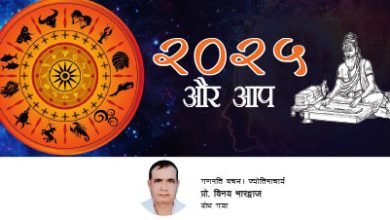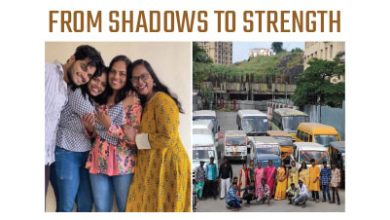Moidams – The Mound-Burial System of the Ahom Dynasty: A Piece of India’s Glorious Past

BY Poojitha Nakul
India is home to many ancient cultures and a long lineage of kings and kingdoms that have shaped the nation’s history and contributed to its present-day values and traditions. One such rich heritage is the Moidams of Charaideo, located in Assam. These are royal burial mounds built by the Ahom Dynasty, which ruled Assam for about 600 years. In 2024, these Moidams were declared a UNESCO World Heritage Site, bringing national and international attention to their historical importance.
The Ahoms were descendants of Tai-Ahom group from Arunachal Pradesh and the Brahmaputra Valley. They entered Assam in the 13th century, led by a man named Sukapha, who became the first king of the Ahom kingdom in 1228 CE. The Ahoms ruled Assam for nearly six centuries, making their dynasty one of the longest in Indian history. They were skilled in administration, warfare, and diplomacy. The Ahoms strongly defended Assam from many attacks, including those from the Mughals. They also introduced new farming methods, built roads, temples, and palaces, and promoted art and culture in the region.
Moidams are special burial mounds where the Ahom kings and nobles were buried after death. Instead of cremating the dead, as most Hindus do, the Ahoms followed burial rituals, especially in the early years of their rule. Moidams are large hemispherical mounds made of earth and bricks, built over an underground burial chamber. A typical moidam has an underground chamber where the body of the king or noble is placed, along with personal items like weapons, clothes, and ornaments. This chamber is then sealed with stones, and a large earthen mound is built on top. Some Moidams also have brick structures or small temples built around them. Ahom brick-making was an advanced technique for its time — the bricks were often of uniform size and laid with precise bonding. These burial mounds reflect both the Tai-Ahom culture and local Assamese traditions. The Ahoms believed in honouring their ancestors and considered these mounds sacred.
The most famous Moidams are found in Charaideo, a district in eastern Assam. This place was the first capital of the Ahom kingdom. The name “Charaideo” comes from a Tai-Ahom word meaning “shining city on the hill”. There are over 150 Moidams in Assam, but about 30 of them in Charaideo are well-preserved and protected. Some of these are the burial places of important kings like Sukapha, Suhungmung, and Rudra Singha. The Moidams are built in a beautiful natural setting with green hills and open skies. They are still considered holy by many local communities and traditional festivals like Me-Dam-Me-Phi are held every year to honour the ancestors. People offer prayers at Moidams during this festival.
The Moidams are important for many reasons. They tell us about the burial customs of the Ahom dynasty, help us understand the spiritual beliefs of the Tai-Ahom people and show how the Ahoms blended their own customs with local Assamese culture. The Moidams also give historians and archaeologists useful information about royal life, religious practices, and the materials used in the past. They contain things like pottery, weapons, jewellery, and other items that were buried with the dead. These sites help people learn more about Assam’s long history and the contribution of the Ahoms in shaping the region.
In 2024, the Charaideo Moidams were added to the list of UNESCO World Heritage Sites. This was a proud moment for Assam and for all of India. It shows that the world recognizes the cultural and historical value of this unique burial tradition. The UNESCO team noted that the Moidams are the only known examples of mound burials in South Asia.
The Charaideo Moidams are a priceless treasure of India. They speak of a time when kings ruled with honour, and people built lasting monuments for those they loved and respected. With their new status as a UNESCO World Heritage Site, these sacred mounds will now get the attention and care they deserve. We must protect such historic places, not just as tourist attractions, but as important parts of our shared history. When we preserve them, we are keeping alive the stories, values, and wisdom of our past.
****







